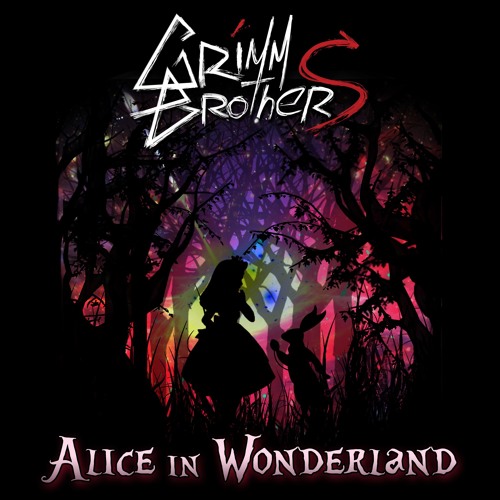
.gif)
Anyone unfamiliar with the novel won't learn much, but it matters not. Viewers will be frequently amused but never bewildered as Michael Winterbottom pulls it all together with panache. The seemingly complicated set-up actually makes a lot of sense, with Coogan sending up the naughty-boy persona created for him by the British press and Brydon sending up Coogan, while the film itself sends up the movie-making process.

In one cracking scene, the crew watch the 'rushes' of the underwhelming battle scene ("Look at that! There are, literally, tens of people."), leaving the director in despair and the costume designer in tears. As the writer and director strive to retain the spirit of Shandy compromises have to be made to allow for star egos, historical accuracy (Mark Williams is excellent as a pain-in-the-arse military consultant), and a miniscule budget. And Gillian Anderson makes an appearance. There are lots of other familiar British TV actors either playing themselves playing other characters or simply playing characters who interact with the stars of the film-within-the-film (for example, Ian Hart plays the screenwriter but doesn't play Ian Hart). Rob Brydon also stars as himself and Walter's brother - Tristram's Uncle Toby. Or rather, a semi-fictional version of himself.

Steve Coogan plays Tristram - even though he's not born by the end of the book - as well as Tristram's father Walter. The tricky tome in question here is The Life and Opinions of Tristram Shandy, Gentlemen - a bawdy work of wit and wonderment penned in 1760 by clergyman Laurence Sterne. How do you film an unfilmable book? Well, you can either make it up as you go along, as David Cronenberg did with Naked Lunch, or you take this approach and make a film about a film crew making a film of an unfilmable book.


 0 kommentar(er)
0 kommentar(er)
